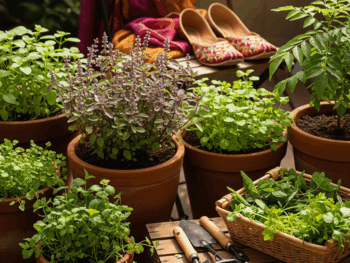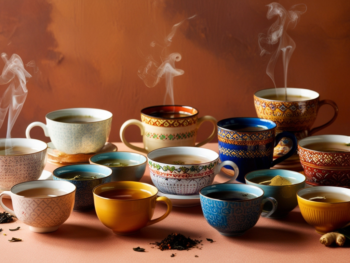What if we told you one of the leading stress-relievers is something you’re already doing 12-16 times per minute and it’s free of charge? Sound too good to be true? It’s not! Read on for insight on the benefits of practicing South Asian Pranayama breathing techniques. We celebrate the power of Pranayama.
We know some of you are may be thinking the benefits of deep breathing is old news however as pointed out by Forbes in 2013, “the advice to “just breathe” when you’re stressed may be a cliché of Godzilla-sized proportions, but that doesn’t make it untrue.”
So how does the ancient Indian practice of Pranayama breathing align with this advice? Why has Pranayama evolved from being an ancient Indian practice to being used in the modern day all around the globe? Curious to learn more, we take a closer look at the practice and its benefits.

What is Pranayama?
A Sanskrit word, prana means ‘life force/breath’ while ayama translate as restraint or control. Put together, the term Pranayama translates to “breath control” and represents a set of breathing techniques that can be considered part of the yogic tradition. Pranayama breathing can be practiced a few different ways and it’s beneficial to learn of the different styles to try them out and choose which one feels best for your body.
Why try it?
As published by Harvard in 2016, “Deep, slow breathing is the oldest and best-known technique to decrease stress.” Not only does Pranayama help decrease stress, certain forms of it can help with weight loss, relieve symptoms of asthma, improve our mental health (clarity and concentration), help us feel energized and reduce blood pressure.

How to try it?
First start by researching more (you can speak to an ayurvedic, naturopathic or homeopathic doctor or ask an experienced yoga instructor). For those of you that prefer taking charge of your own research, written instructions on four of the techniques can be found here. Tons of videos are also available on YouTube that can help guide you through an introduction to practice.
You can also attend any Sivananda yoga class to feel the added benefits that can come through practicing with a community. It can also be found in Hatha yoga classes and several other yoga styles based on the class format and instructor.
Like any form of physical exercise, it’s important to take a mindful approach to pranayama to ensure you’re doing what’s best for your health. Generally, it’s not recommended during periods of illness (e.g. fever), if undergoing chemotherapy, if pregnant and or with a history of heart condition. For those in overall good health, who ease into the practice slowly, will find that the benefits outweigh the risks.
Often paired with (or viewed as) meditation and a part of the rapid rise of the yoga movement, we are proud that another South Asian practice is proving to be powerful and promote holistic health on a global scale!
Main Image Photo Credit: www.snughughome.com
Rachna Sethi
Author
Rachna (@thesassyspiritual) is a graduate of the Applied Mindfulness Meditation program from the University of Toronto, a certified Educator with two bachelor degrees and a diploma in Art Therapy. She's dedicated to living with a compassionate approach. Committed to helping people integrate Mindfuln...


















































































































